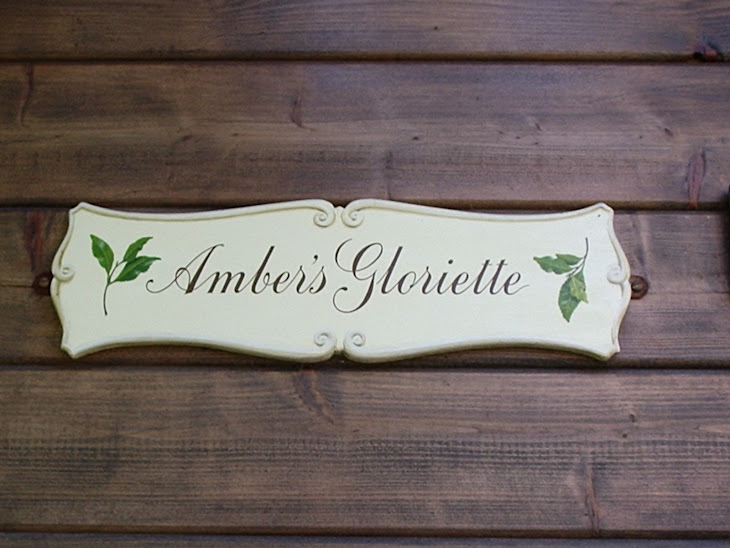
Last week I was invited to a Chinese Tea Ceremony. I went with my friend Jane Pettigrew. It was an enlightening experience. Although I enjoyed tasting such rare and special teas I won’t be writing about them here, as Jane has already written a very interesting blog about the teas and the ceremony on her blog ‘Jane’s Passport to Tea’. You can find her blog at http://www.worldteas.com/
 I will focus more on the things that caught my attention during the ceremony. The first thing was the jade green table cloths. They were damask and embossed with cockerels. As I had just posted my ‘One chick’ blog, I was pleased with the synchronicity here and thrilled to be told that they were a symbol of bringing light from darkness. I had written something similar on my ‘One chick’ blog.
I will focus more on the things that caught my attention during the ceremony. The first thing was the jade green table cloths. They were damask and embossed with cockerels. As I had just posted my ‘One chick’ blog, I was pleased with the synchronicity here and thrilled to be told that they were a symbol of bringing light from darkness. I had written something similar on my ‘One chick’ blog.The introduction to the tea ceremony was ‘Every Day is a Good Day’. The purpose of the ceremony, to cultivate the calmness of the mind and experience the joy of life through
Chinese tea ceremony, music art and meditation.

The first thing the Priestess or Tea Master did was to light an incense stick and placed it on the tea table. This was a special Temple incense to help calm the mind. Then we were led into a meditation. We were asked not to speak through out the ceremony and while the tea was being prepared, we listened to peaceful, uplifting temple music.
On our table the tea set used for the ritual was decorated with peaches on the branch. Afterwards I was told that this was a symbol of a ‘Thousand Springs’ as peach trees and the fruit symbolise immortality. The peach is said to have brought enlightenment to the monk Lyn-Yun.

The temple music and the slow, gentle way the Priestess went about preparing the tea made it easy to stay in the moment and leave all the clutter of daily life behind. Each cup of tea tasted different, each cup of tea was delicious.
As the Priestess bent forward in her tea preparation, we could see three tiny bald marks on her head, made in a straight line.
As soon as the ceremony was over, one of the first questions I asked was the significance of these marks. The Priestess told me they were burned on to the novice’s head with hot incense when they took their vows. The marks stood for the three sacred promises they made when they entered into monastic life.
I found this most interesting and it made me think of all the mythologies and folklore where three is important. For Pythagoras and the Chinese mystics it is the perfect number. In folklore three pops up all the time. Turn a silver coin three times under a new moon, for good luck.
Three heroes need to go forward before the monster can be slain. Three Billy goats had to cross the bridge to rid it of the troll.
In Fairy tales, folk are granted three wishes and spells have to be repeated three times.
As soon as the ceremony was over, one of the first questions I asked was the significance of these marks. The Priestess told me they were burned on to the novice’s head with hot incense when they took their vows. The marks stood for the three sacred promises they made when they entered into monastic life.

I found this most interesting and it made me think of all the mythologies and folklore where three is important. For Pythagoras and the Chinese mystics it is the perfect number. In folklore three pops up all the time. Turn a silver coin three times under a new moon, for good luck.
Three heroes need to go forward before the monster can be slain. Three Billy goats had to cross the bridge to rid it of the troll.
In Fairy tales, folk are granted three wishes and spells have to be repeated three times.
How different the Chinese tea ceremony was from our own tea ritual. Yet as I looked at all of the symbolism and thought of the similarities in their meanings in both of our cultures, the world seemed a much smaller place and people seemed to have much more in common.

FAIRY TEATIME TALES are published by www.bookguild.co.uk


No comments:
Post a Comment